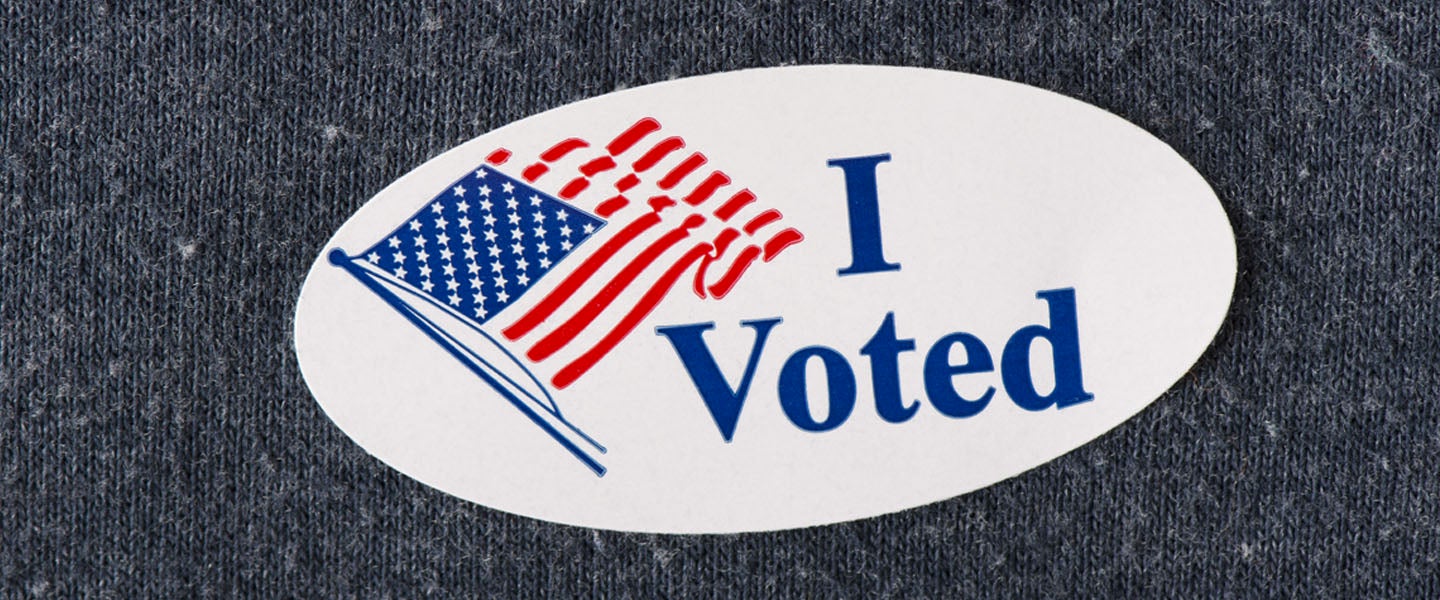Long lines at the voting booth are a scourge on democracy. In every election, new stories emerge of college students waiting until 4 a.m., voters in majority-black precincts standing in the rain for hours, and people missing work, fainting or just leaving without voting at all. After reports of extremely long lines in 2012, President Obama vowed to solve this problem and created the Presidential Commission on Election Administration. Six years later, we’re still seeing reports of long lines in early voting, or expecting long lines on Tuesday. And we know that people of color are still far more likely than white voters to be forced into long lines.
What’s the deal? And what can you the voter do to take matters into your own hands on Tuesday, and again in 2020?
If you want to hack the system, it’s time to learn about queuing theory, friends. Queuing theory is the study of lines and how long it takes people to wait in them. When it comes to voting, queue theory is like The Matrix. There’s data streaming everywhere, influencing everything. Politicians can (and will) use it against you. So it’s time to fight back.
To figure out better solutions to the election problem, we talked to Charles Stewart III, Kenan Sahin Distinguished Professor of Political Science at MIT, who’s written several reports on this very subject.
First, a basic guide to queuing theory
Stewart explains three factors that determine how long people wait in lines: how rapidly the person arrives at the service station, how long the service takes, and how many people are available to serve them.
“Think about going through a grocery store checkout line,” Stewart tell MEL. “You get through faster when there are (1) fewer customers, (2) it takes less time to check out because their baskets are empty or the checkout clerks are really fast, and (3) there are a lot of check-out clerks.”
Early voting line in Toledo wraps around two corners– twice as long as yesterday #OHVotesEarly #OHHillYes pic.twitter.com/bNoBciuzys
— Monica Klein (@MonicaCKlein) November 6, 2016
Getting in the door is the hard part
Let’s look at those three factors Stewart cites and how they apply to voting. He says it comes down to one simple formula: “For check-in, delays will be shorter when (1) there are fewer voters in a precinct per standard period of time, (2) voters can be processed quickly, and (3) there are multiple poll books to check-in voters.”
Interestingly, the most common bottleneck isn’t the voting itself — it’s the check-in, according to Stewart’s research. If there are only a few election officials able to check you in, you’re in for longer lines. Same goes for how densely populated your precinct is.
So you can’t control how many election officials are at your precinct, or how adept those workers are at getting people through. What’s more in your control — depending on your work hours, of course — is when you show up in order to avoid big groups arriving en masse.
“One trick with applying queuing theory to elections is that things like voter arrivals are ‘lumpier’ than the typical retail setting,” Stewart says. “For voting, it’s common for crowds of voters to show up at once — say, when a bus pulls up. … With lumpy arrivals, it takes longer to process a given number of voters.”
Actually, the early bird doesn’t get the worm
Stewart adds that according to research, the most consistent time of day with longer wait times is early in the morning, because that’s when everyone lines up outside the doors, creating a logjam. “Most precincts have a line at the door when the polls open, and it usually takes an hour or two to work through the backlog caused by the opening-period rush,” he says.
Beyond avoiding the morning surge, Stewart says, “there aren’t hard-and-fast rules about when you’re likely to gets surges in arrivals. In some places, there will be a surge around noon, and for others it will be after work, which is common in many places.” Still, the lunch and after-work rush won’t be “as bad as the surge right at the opening of polls,” so try to go then.
In the end, social factors matter more than timing
Stewart’s team has developed a tool for election officials to calculate busy times and know how many workers they should have on hand at specific hours. Beyond that, he says, “we need to think about the social factors that lead to things like staffing levels of polling places, how fast one can complete the check-in, etc.”
Why is it so hard to vote? The short answer is because the system benefits wealthy, majority-white communities. Stewart’s research shows that “African-Americans wait longer to vote than whites, all things equal. That’s not because African-Americans and whites wait in different lines, it’s that African-Americans, on average, vote in precincts that are probably less well provisioned than white voters, [who] may have more poll workers or be less cramped.
“Or, think about check-in times. If African-Americans are less likely to have photo IDs, which a lot of research indicates, then they may find themselves having to deal more often with provisional ballots or other registration hassles. That will drive up wait times, too.”
Basically, if you thought this article was just going to say “arrive at 3:42 p.m.,” you must be blissfully unaware of the complex sociopolitical influences happening all around you. But if you can make it, 3:42 isn’t a bad time to arrive.

